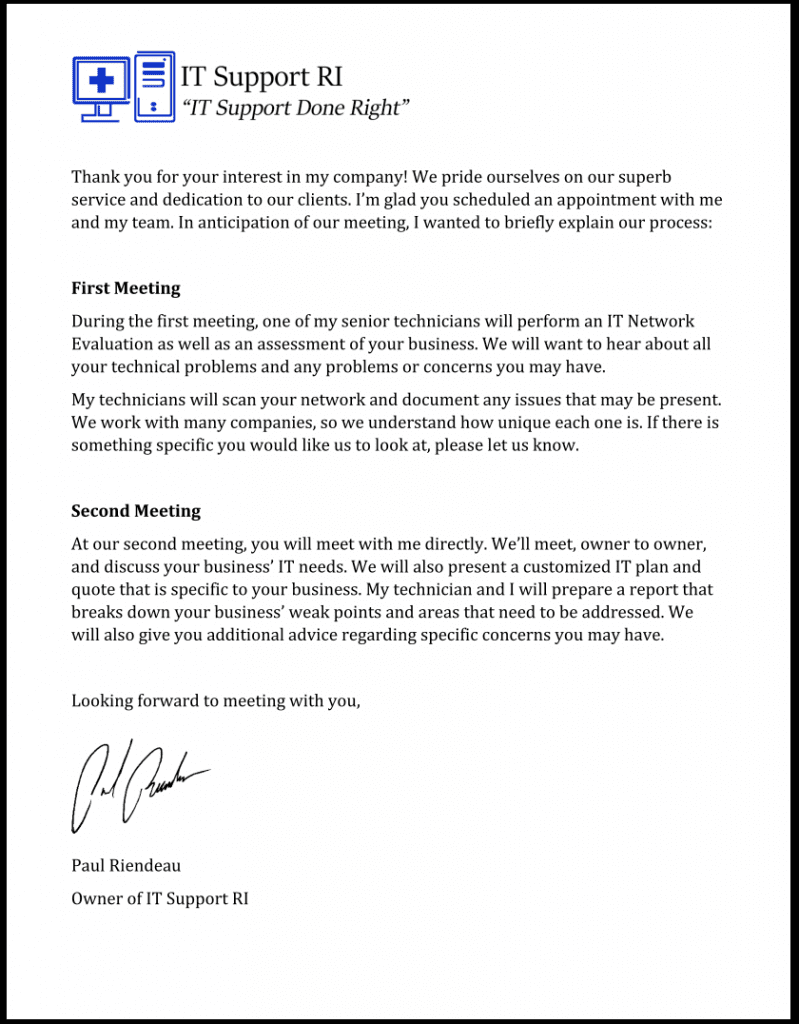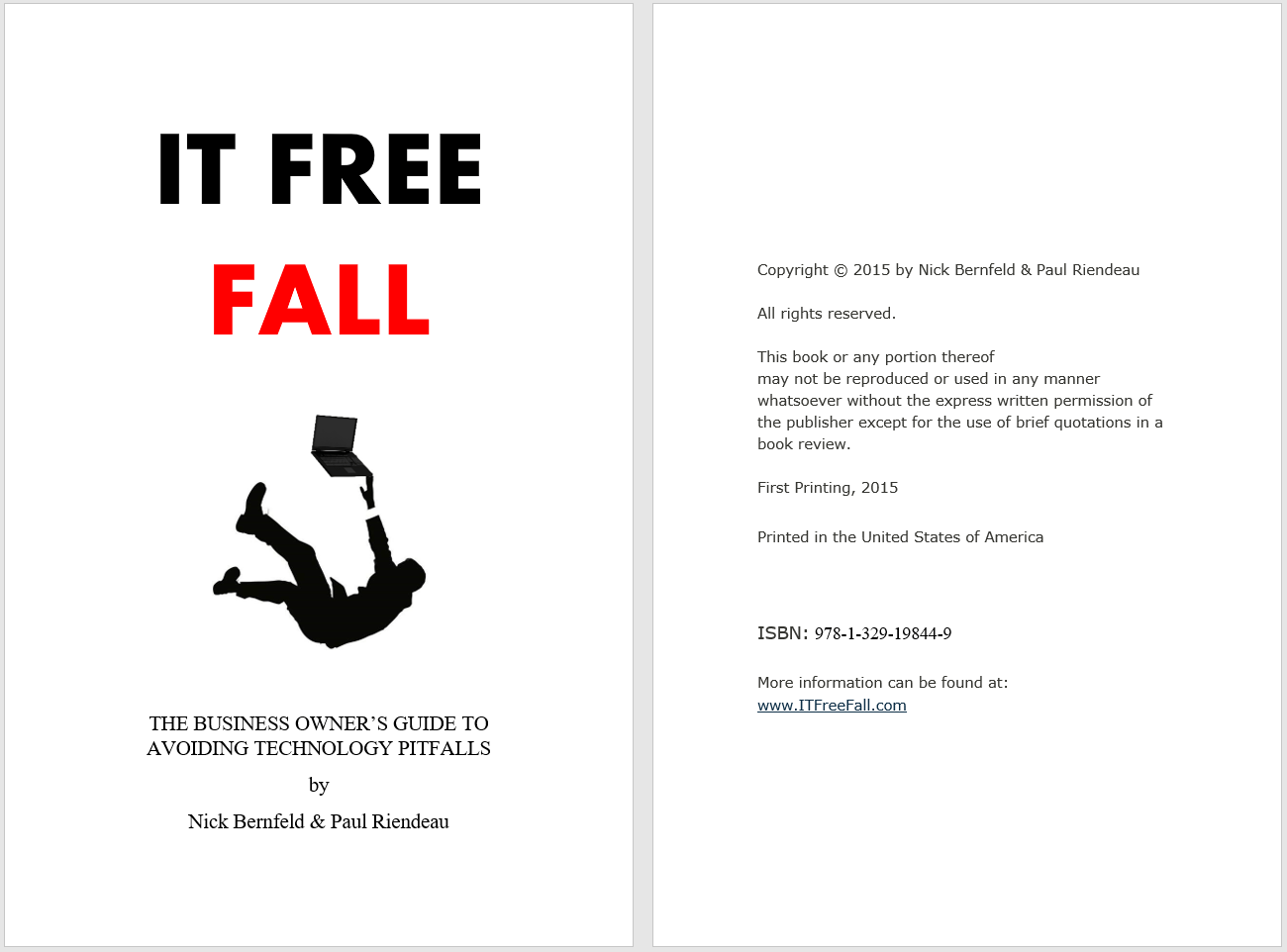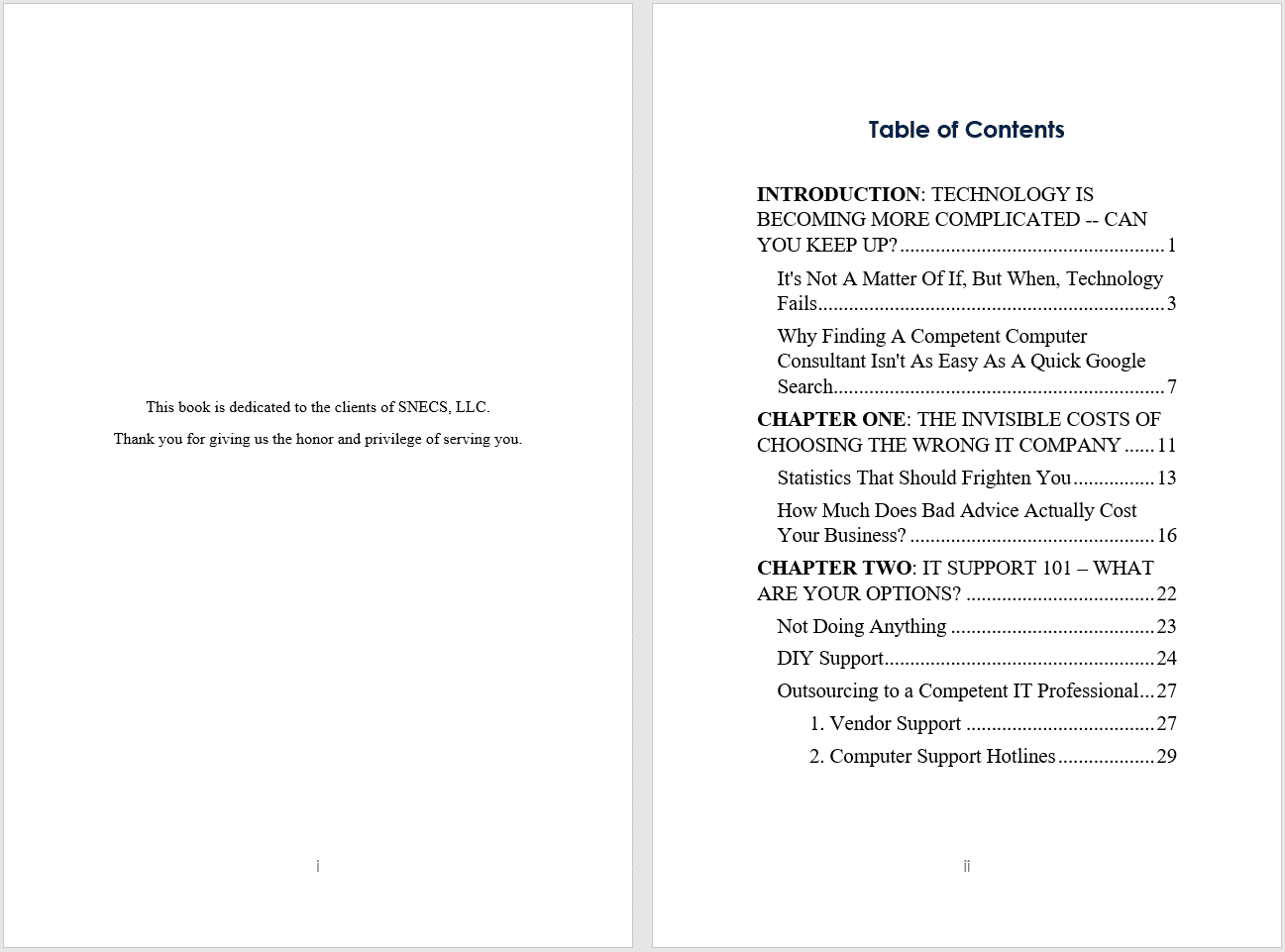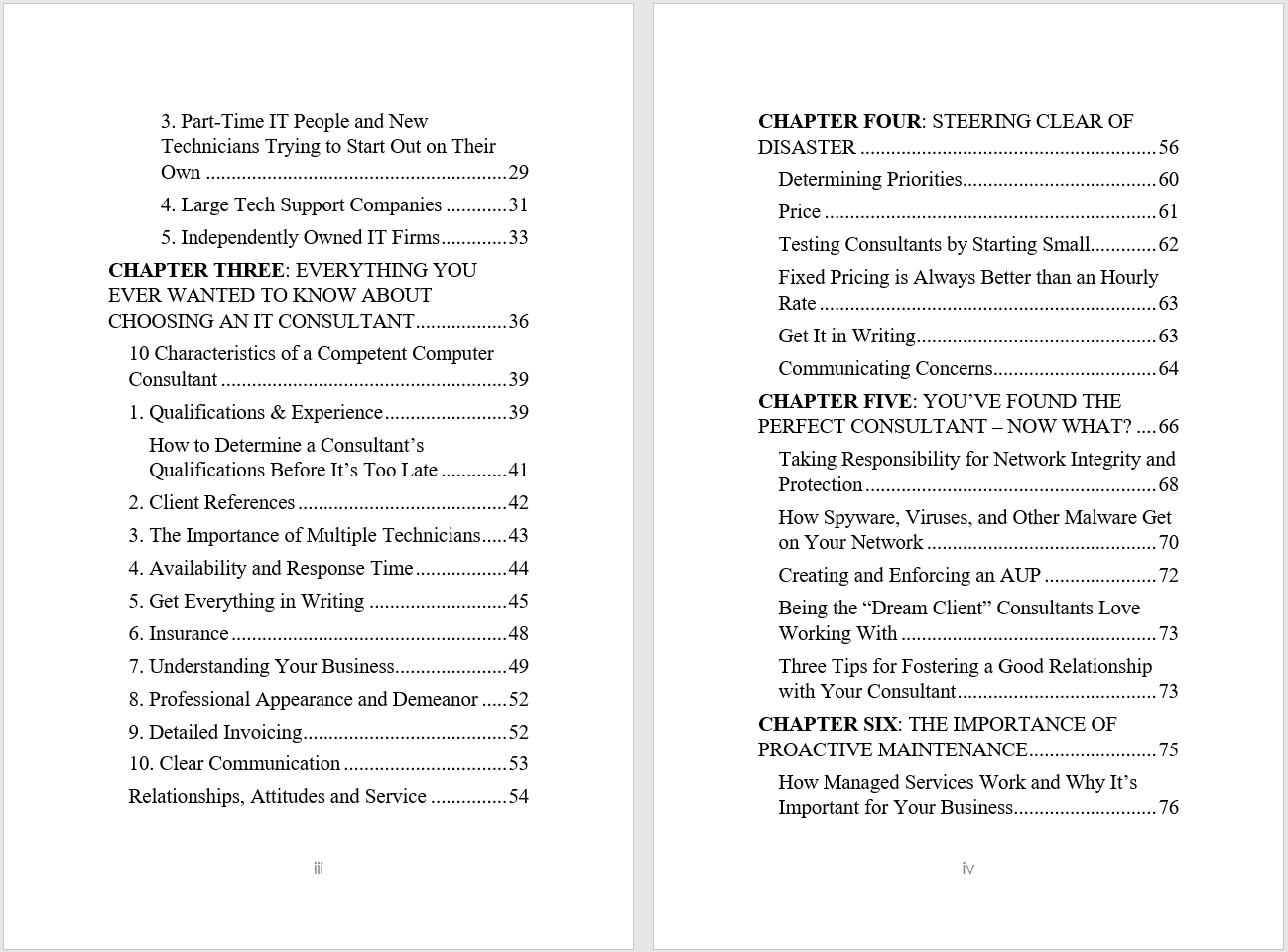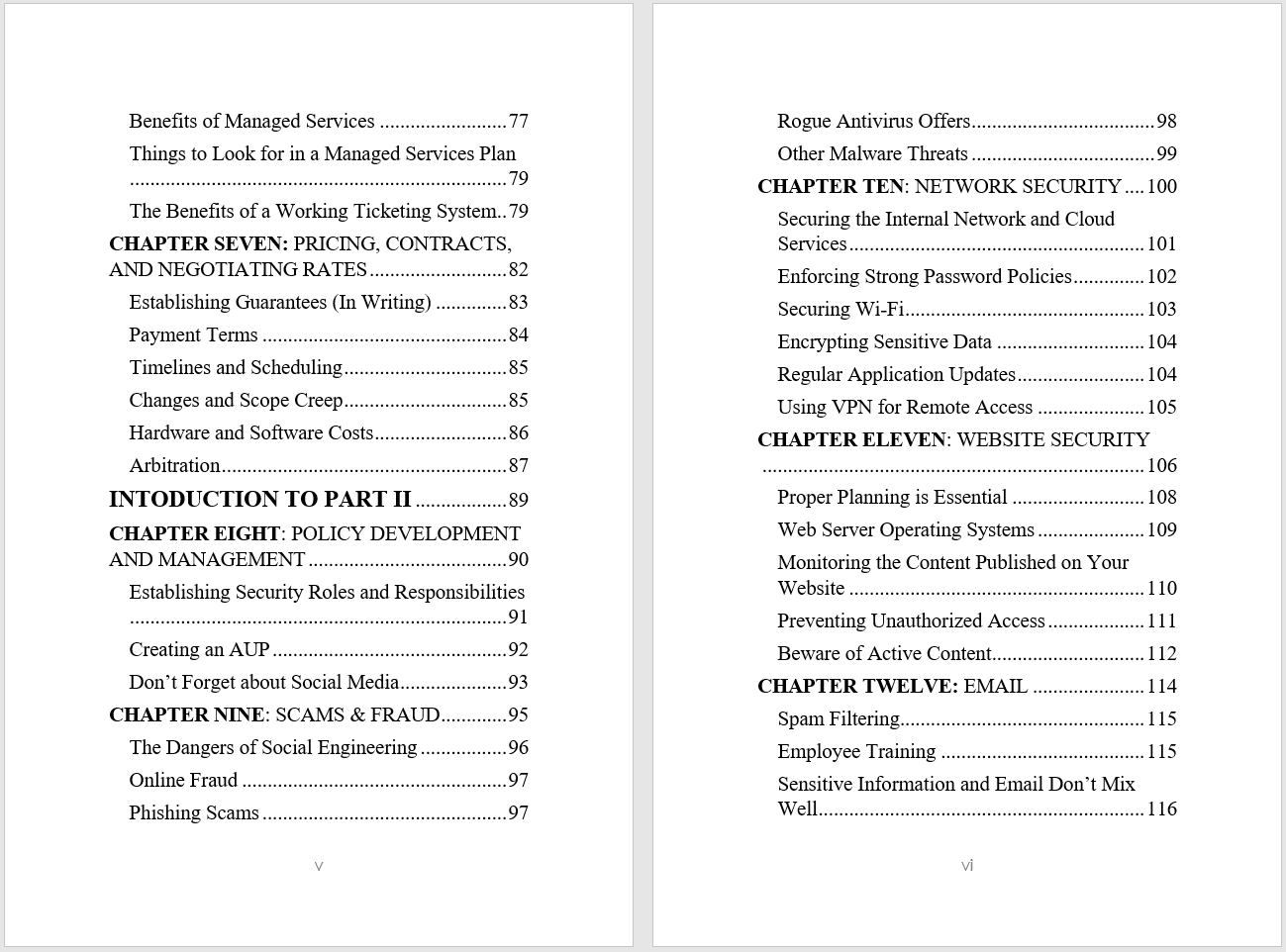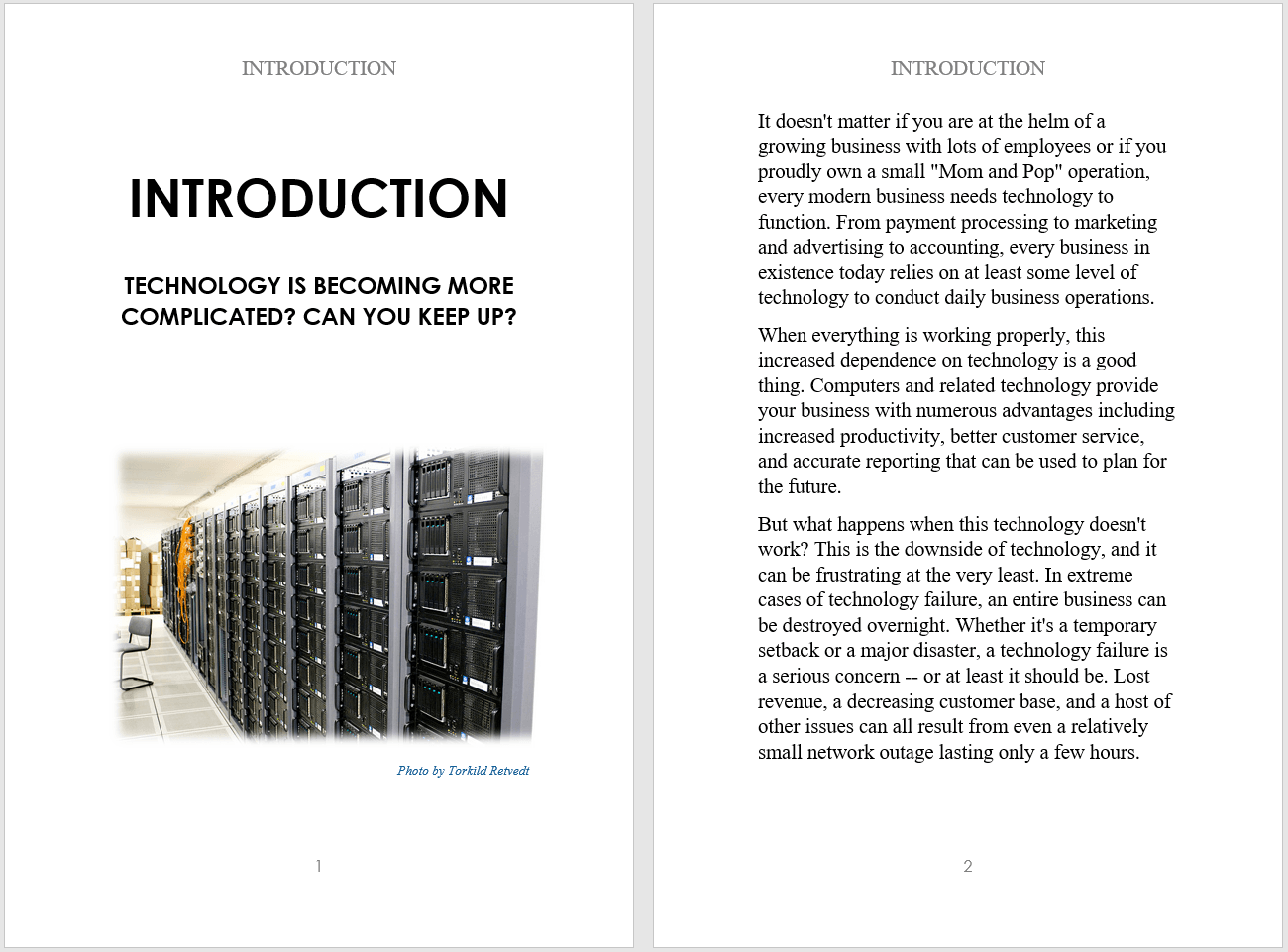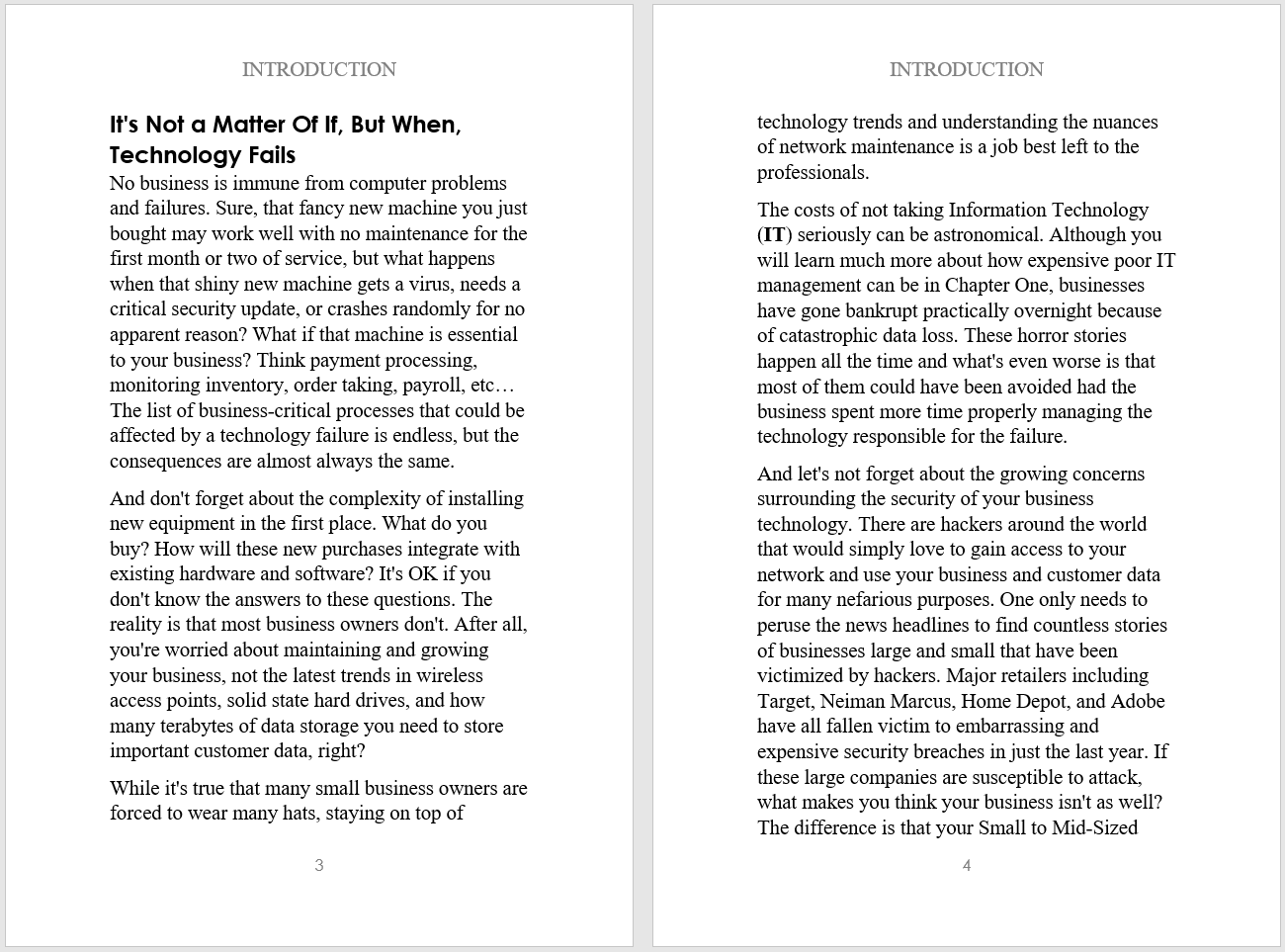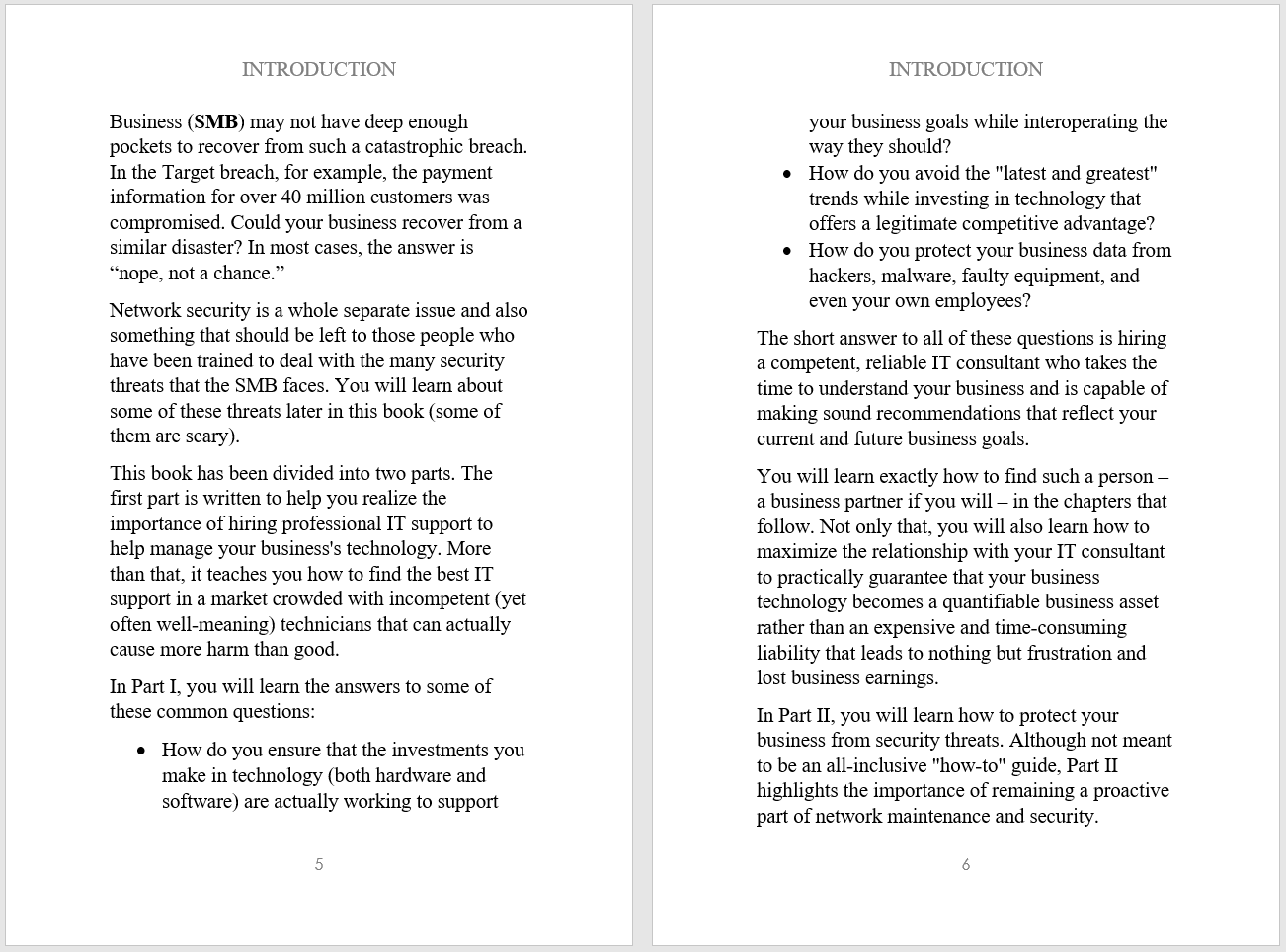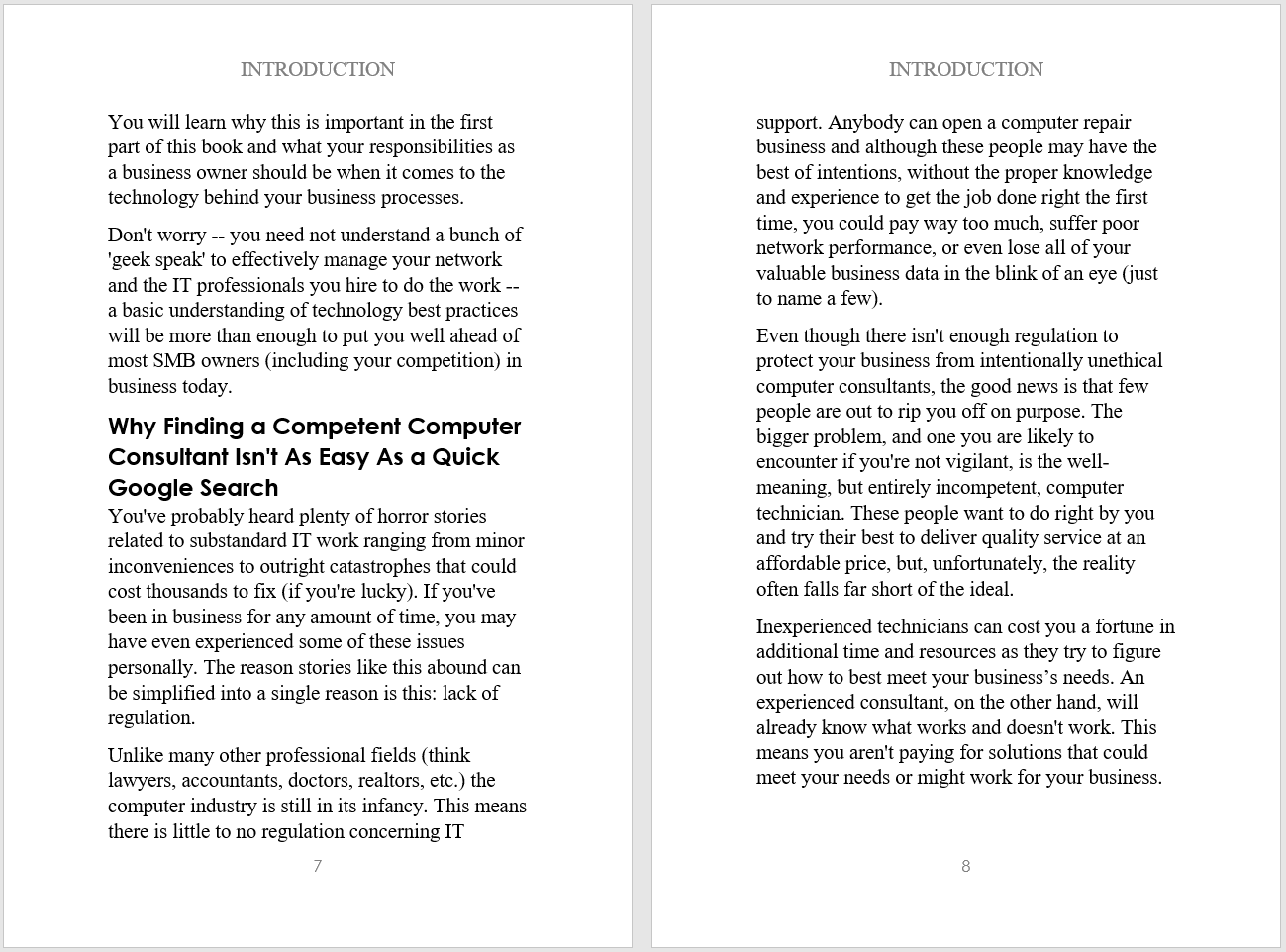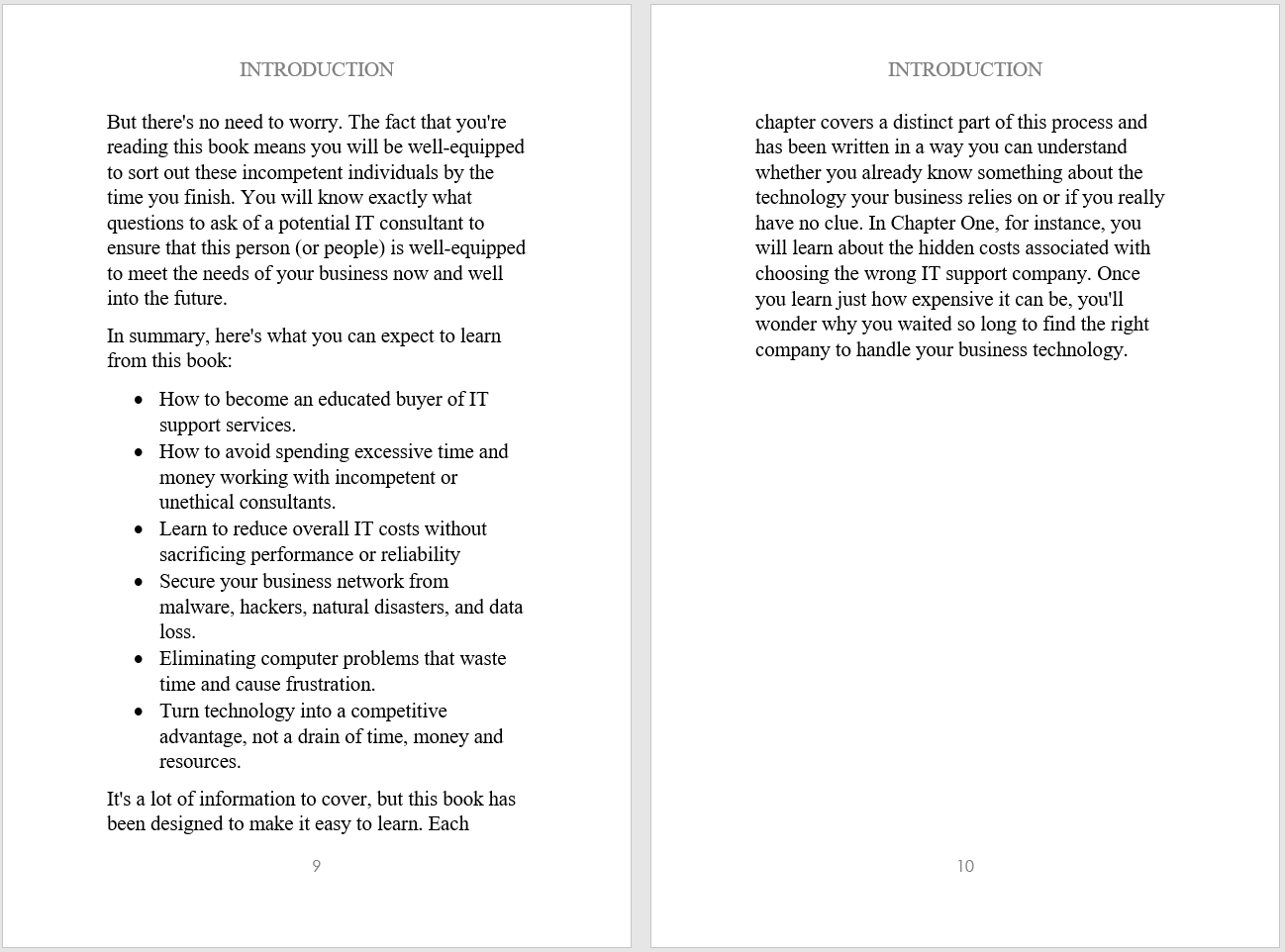
Bad news internet users! Researchers just discovered a flaw in WI-Fi’s WPA protocol that could leave you vulnerable to an attack. KRACK, short for Key Reinstallation AttaCK, would allow potential attackers to penetrate your Wi-Fi security for any wireless device. Yes, any device is at risk. This means that every time you connect to Wi-Fi, an attacker can steal your personal information. Everything from your passwords and credit card information, to chat messages and pictures could be compromised. KRACK also allows attackers to track your internet traffic and possibly inject malicious code into websites that you visit.
The KRACK flaw is different from most network attacks. KRACK does not target your wireless device, but rather the information you send. For example, everything stored on your phone is protected from hackers. However, once you send a password or credit card number over Wi-Fi, it can be stolen.
While your device attempts to connect to a protected Wi-Fi network, attackers target the third step in a four-step authentication process. During this information exchange, the encryption key is resent several times. Attackers can collect and replay these transmissions, and then crack the Wi-Fi security encryption.
How to Protect Yourself From KRACK
If you use a Windows PC and you automatically enable new updates, there’s no need to worry! Microsoft already released a patch update that fixes KRACK. Unfortunately, other devices still need patches that protect from KRACK. Until those patches are released, there are a few easy ways to protect your devices from KRACK.
Keep your devices updated!
Right now, those pesky little pop-ups that remind you of available updates are your friend. Software updates are in place to keep us safe. While these updates keep everything operating smoothly, they do more than that. They contain certain patches to fix or enhance performance and security issues. By allowing these updates, your devices and apps will run safely and efficiently.
Only visit s websites that use HTTPS encryption.
Wi-Fi is something that you cannot avoid. If you need to connect to a Wi-Fi network, try to visit websites that use HTTPS encryption. These websites will encrypt the information that you send, ensuring that it cannot be read or changed during transit. Even if the Wi-Fi’s security is weak or broken, the website itself is still secure.
Use a VPN to hide your traffic.
A VPN, or a Virtual Private Network, is another way to protect your information. A VPN allows you to hide all your internet traffic. However, if you decide to use a VPN make sure it is trustworthy. Random, free VPNs could still try to steal your information.
If your device uses Wi-Fi, there is a good chance that it is vulnerable to this KRACK flaw. For now, the best way to protect yourself from the KRACK Wi-Fi weakness is to use precaution, and follow the recommendations listed above.


